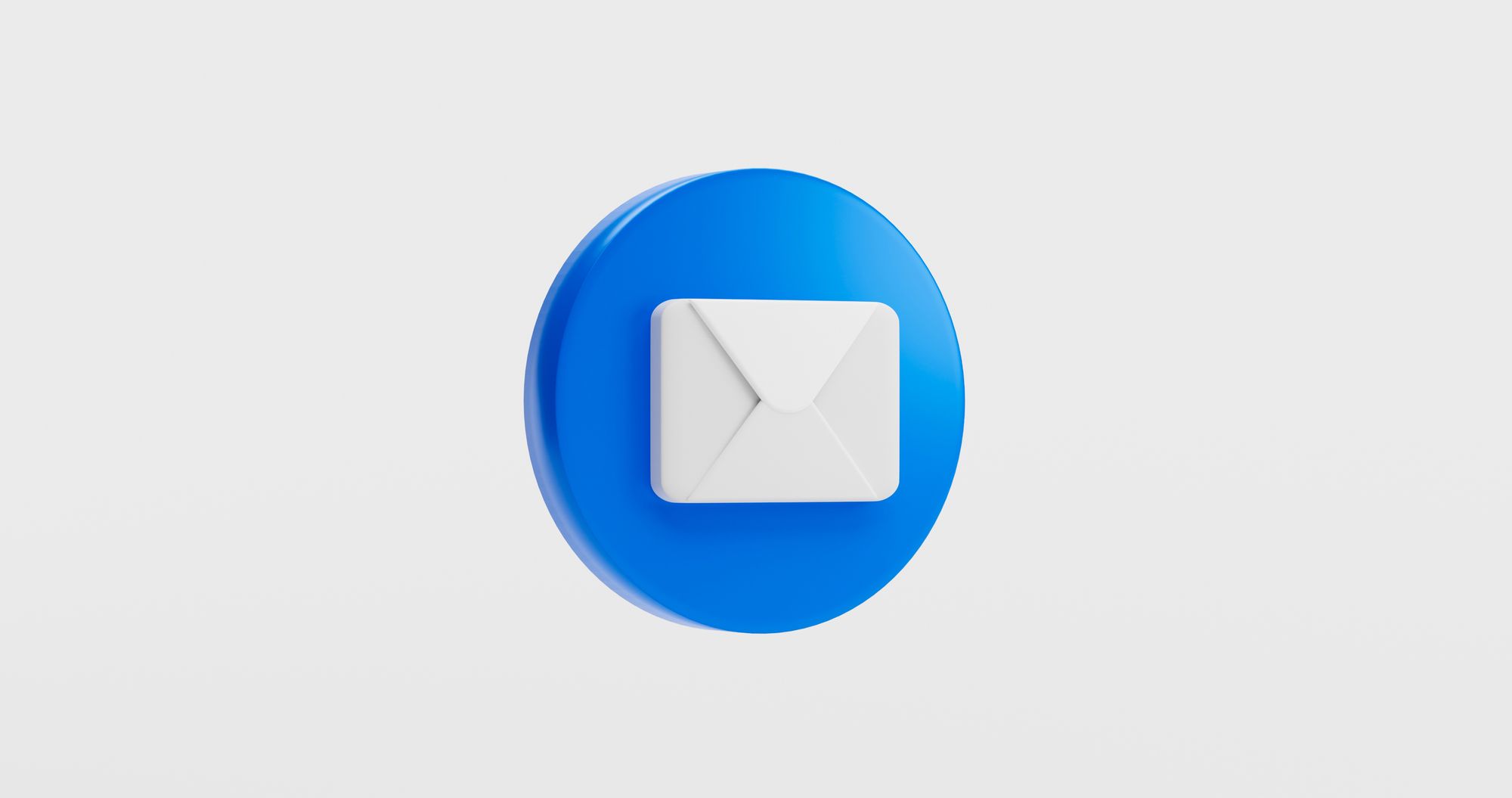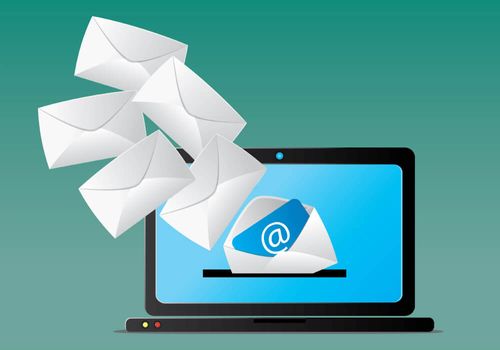Email communication has become an integral part of our personal and professional lives. We rely on emails to connect with others, receive important information, and conduct business. However, it's essential to understand the meaning and importance of email checks to ensure effective communication and avoid potential issues. In this comprehensive guide, we will explore the concept of email checks, their significance, and practical tips for conducting them. Let's dive in and discover how email checks can enhance your email experience.
What Does Email Check Mean?

Email check refers to the process of reviewing and assessing your emails to ensure their accuracy, clarity, and adherence to professional standards. It involves verifying various aspects of your emails, including grammar and spelling, content relevance, recipient information, and overall effectiveness. Conducting email checks allows you to catch errors, enhance your message's impact, and maintain a professional image in your communication.
The Importance of Email Checks
Performing regular email checks offers numerous benefits for both personal and professional communication. Let's explore some key reasons why email checks are essential:
1. Enhances Communication Effectiveness
By conducting email checks, you can ensure that your messages are clear, concise, and effectively convey your intended meaning. Reviewing your emails for grammar and spelling errors, awkward phrasing, or confusing content allows you to refine your message and improve overall communication effectiveness.
2. Maintains Professionalism
Emails are often the primary mode of professional communication. Conducting email checks helps you maintain a high level of professionalism by ensuring that your messages are well-structured, free from errors, and adhere to appropriate language and tone. This attention to detail reflects positively on your professional image and fosters trust and credibility with your recipients.
3. Avoids Miscommunication and Misunderstandings
Errors or unclear information in emails can lead to misunderstandings and miscommunication. By carefully checking your emails, you can identify and correct any potential ambiguities or inaccuracies, minimizing the chances of confusion and ensuring that your message is accurately received and understood by the recipient.
4. Boosts Email Deliverability
Email checks can indirectly impact email deliverability. Ensuring that your emails follow best practices, such as avoiding spam trigger words, providing relevant content, and including proper formatting, improves the chances of your emails reaching the intended recipients' inboxes rather than being flagged as spam or filtered out.
5. Saves Time and Effort
While it may seem counterintuitive, conducting email checks actually saves time and effort in the long run. Spending a few extra minutes reviewing and refining your emails can prevent the need for follow-up messages, clarification requests, or potential misunderstandings that would require additional time and effort to resolve.
Tips for Conducting Effective Email Checks

Now that we understand the importance of email checks, let's explore some practical tips to help you conduct them effectively:
1. Proofread for Grammar and Spelling
Take the time to carefully proofread your emails for grammar and spelling errors. Use proofreading tools like Grammarly or spell-check features in your email client to catch any mistakes and ensure that your message is error-free.
2. Review Content Relevance
Make sure the content of your email is relevant to the recipient and the purpose of your communication. Remove any unnecessary information or tangents that may distract or confuse the recipient. Keep your message focused, concise, and to the point.
3. Verify Recipient Information
Double-check the recipient's email address and other contact details to ensure they are accurate and up to date. This step is especially crucial when sending emails to multiple recipients or when addressing sensitive or confidential information.
4. Check Formatting and Attachments
Verify that your email's formatting is consistent and visually appealing. Ensure that any attachments or links are properly embedded and easily accessible. Confirm that your email displays correctly across different devices and email clients.
5. Test Email Delivery and Formatting
Send a test email to yourself or a colleague to ensure that it appears as intended in various email clients and that all links, images, and formatting are intact. This step allows you to catch any formatting issues before sending the email to the intended recipients.
Frequently Asked Questions (FAQs)
1. How often should I conduct email checks?
It's recommended to conduct email checks before sending every important email. For routine or casual emails, a quick review for major errors may suffice. However, for critical communications or professional correspondences, investing the time to perform a thorough email check is advisable.
2. Are there any tools or software available to assist with email checks?
Yes, several tools and software are available to assist with email checks. Grammarly, ProWritingAid, and Hemingway Editor are popular proofreading tools that can help identify grammar, spelling, and style issues. Additionally, email clients often offer built-in spell-check features.
3. How can I ensure that my emails are not flagged as spam?
To minimize the chances of your emails being flagged as spam, follow best practices such as avoiding spam trigger words, personalizing your messages, and obtaining proper permission from recipients. Additionally, monitor your email deliverability metrics and take action if you notice any patterns of emails being marked as spam.
4. Can email checks improve my email response rates?
While email checks cannot guarantee improved response rates, they contribute to overall email quality and professionalism, which can positively influence recipient engagement and response. Clear, concise, and error-free emails are more likely to garner attention and elicit desired responses from recipients.
Conclusion
Conducting email checks is an essential practice for effective communication. By ensuring the accuracy, clarity, and professionalism of your emails, you can enhance your message's impact, maintain a positive professional image, avoid miscommunication, and improve overall email deliverability. Implementing the tips provided in this guide and making email checks a routine part of your email process will significantly contribute to successful email communication. Remember, the extra time and effort invested in email checks are well worth the improved communication outcomes and recipient satisfaction.



